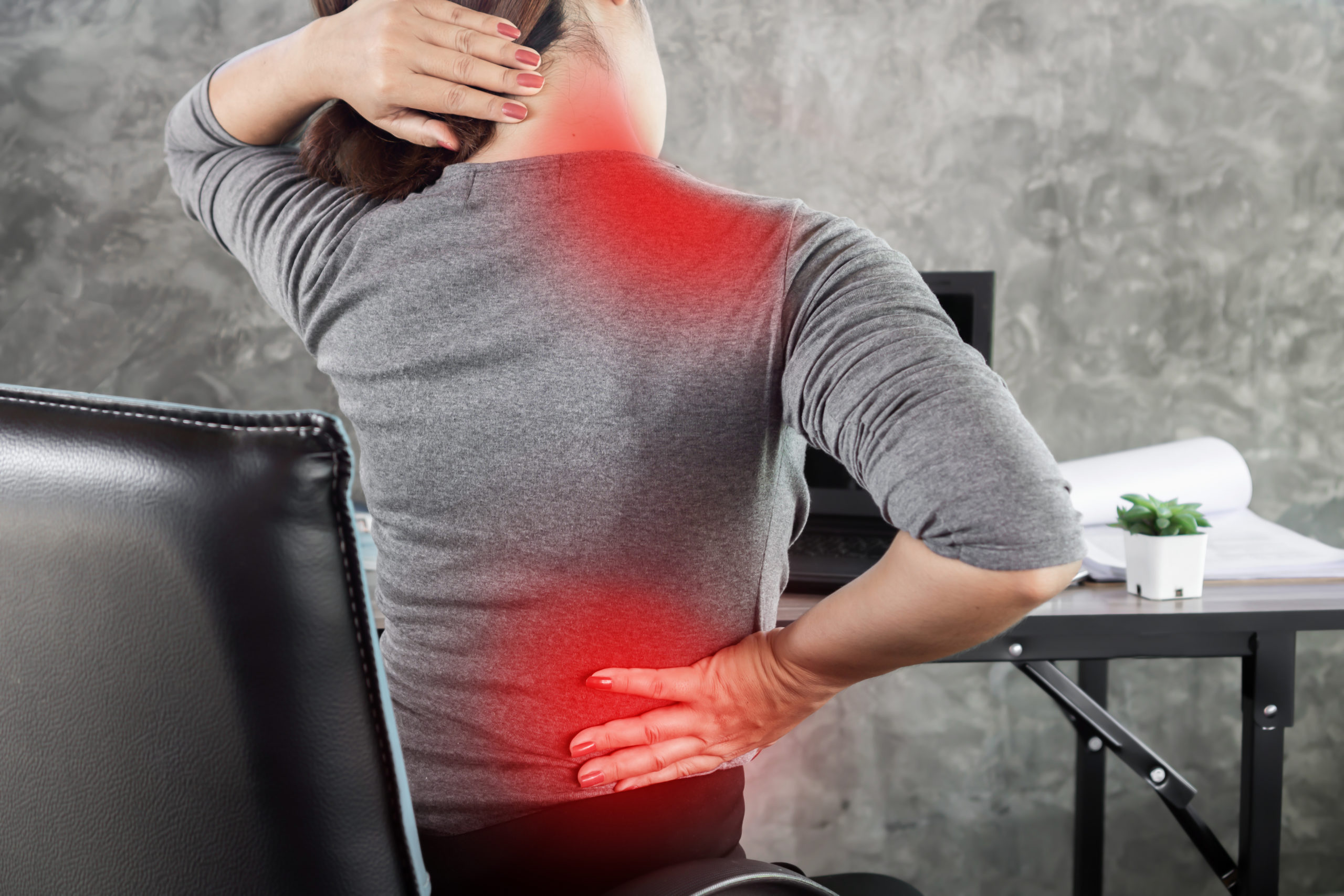This article will begin to uncover why this soreness exists in the first place, and what to do if it happens to you. Although it can be completely normal to feel some discomfort after a massage, particularly if your massage therapist used a strong amount of pressure, we always recommend speaking with your massage therapist and/or a healthcare professional for more information if you are concerned.
Why Does Post-Massage Soreness Occur?

Post massage soreness occurs more commonly if you receive a deep tissue massage. During a treatment, an RMT stretches out muscles to release any knots, tightness, and pain that may exist. This, in itself, may cause a bit of discomfort afterward, depending on the severity of pain you had going into the massage.
As well, if you do not receive consistent massages, you may be prone to some soreness afterward, mainly because your muscles are not used to some of the therapeutic techniques the RMT uses. Meanwhile, those who receive massages consistently may notice the tightness, pain, or strain within their muscles dissipate over time.
Similar to exercising, massage involves working out your muscles. If you receive a type of massage that involves a deep amount of pressure into your muscles to help treat the pain or tightness, it can possibly result in microscopic tears. This is a very similar occurrence for those who work out, as this happens for muscles to build up strength, repair, and promote healing.
Muscles should be in a smooth, consistent state, and when there is any type of tightness, they can become very rigid. When a massage manipulates the muscle, it undergoes a type of healing process. While muscle tearing is not a guarantee for those who receive a massage, it can help explain why some massage-goers experience soreness afterward.
Massage After-Care Tips
Before we get into some of the things you can do after receiving a massage to minimize any soreness that may occur, it is important to note that at any point you notice an immense amount of pain during your massage, you should immediately bring it up to your RMT. Massage is not meant to cause you more pain than what you’re coming in with, so communicating about what works and what doesn’t is key. The same goes for afterward as well; if your muscles hurt beyond a generalized soreness, let your RMT know so that you can navigate your next treatment better.
Stay Hydrated
Whether you experience some soreness after a massage or not, staying hydrated is always a good idea. Water helps to energize your muscles, which helps keep things like electrolyte levels in balance so that your muscles function at an optimal level. Water also helps keep joints lubricated; the synovial fluid surrounding your joints is what keeps joints moving smoothly, but for those who are dehydrated, there is less of this fluid to help protect the joints. Since muscles are mainly made up of water, staying hydrated after your muscles have been stretched out from a massage can be extremely helpful, especially afterward.
Gently Stretch
Keeping the area(s) that you received a massage moving can help with any soreness that may occur. With special attention to the areas that were manipulated by the massage, gently stretching can help keep blood flowing throughout those areas and help keep muscles loose. That said, it is best to avoid any strenuous activity following a massage, as your muscles should have a chance to relax and heal from the treatment you received.
Have A Bath
Baths can be a great way to soak your muscles and can help keep your body relaxed. Adding some Epsom salts to the bath can also help keep inflammation down and increase circulation – all good things to help prevent and/or manage any soreness that may occur after a massage.
Use A Cold Compress
If you experience soreness in specific areas of your body following a massage, a cold compress can help, especially if you notice any swelling. Using a cold icepack wrapped in a cloth, ice the area(s) that feel sore for about ten minutes, then take it off the area(s) for another ten.
Get A Good Night’s Sleep
Sleep is one of the best ways for your body to repair itself. Since massage can help improve sleep, the combination of massage and sleep can be just what your body needs to really reap the benefits of the massage. If possible, a great time to book a massage is when you are able to take some time for relaxation afterward. The idea is to prolong your relaxed muscles post-massage for as long as possible, so having some time to rest after receiving a massage can help immensely.
